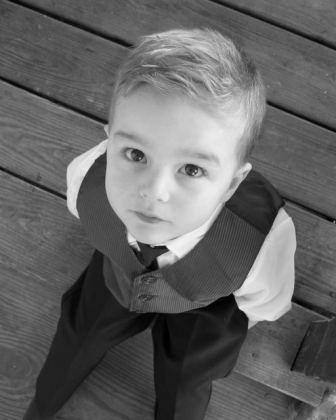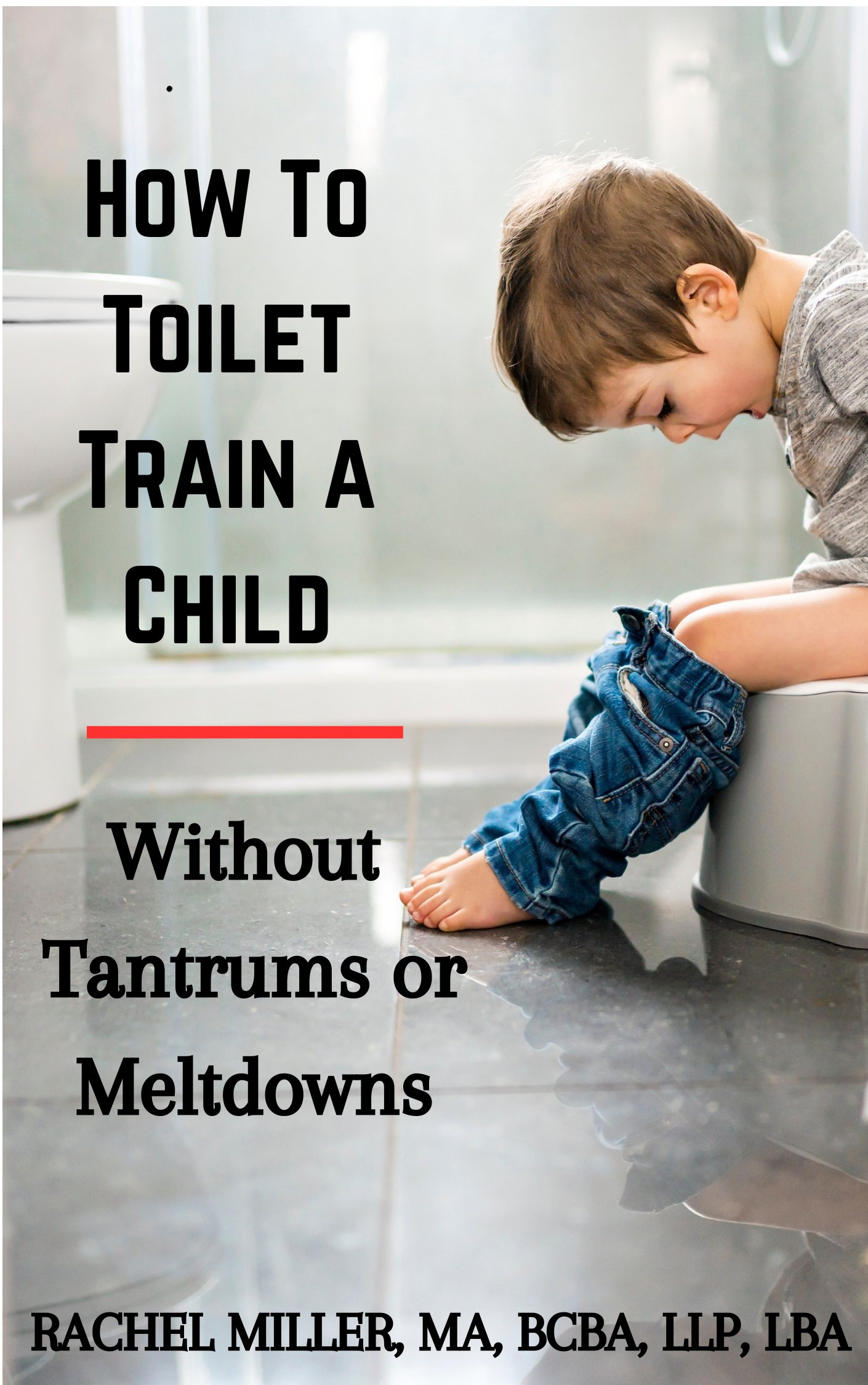Asperger Syndrome Behavior

Learning how to identify Asperger syndrome behavior, as well as treatment options, can be extremely helpful in getting kids that may not have had an early diagnosis due to better communication the help they need to succeed in life. Also referred to as symptoms of mild autism, signs may include stereotypical behavior, repetitive speech, and/or a monotonous tone of voice. Simply having difficulties relating to peers and making friends can also be a symptom of this disorder. I should note, that at this time this specific diagnosis no longer exists and is considered to be under the same umbrella as all autism spectrum disorders as part of the "spectrum" of behaviors and symptoms that exist within that diagnosis.
However, in my person opinion, I think that there are distinct differences in behaviors between those that would have previously qualified for a diagnosis of Asperger syndrome behavior and those with autism that have poor communication. Many parents are not aware of the condition in this situation because children are often very smart and intelligent with what seems to be advanced communication skills. They may have a special hobby or interest that they can tell you more about than anyone else. They may even appear to be obsessed with this topic, constantly talking about it, not noticing that others are no longer interested in talking about it. Facts about different subject matters are easily memorized and speech is sometimes at a level beyond that of peers.
It later becomes more obvious when the child starts school and fails to develop peer relationships and lacks social skills. Luckily there are available treatments that may help a child learn ways to relate to other children, such as social skills training.
As what used to be one of the five pervasive developmental disorders (PDD NOS) (prior to the new DSM V that eliminated both Asperger syndrome disorder and PDD NOS), this type of autism is distinguished by severe and sustained impairment in social skills and the development of restricted, repetitive patterns of behavior, interests, and activities(1).
Asperger syndrome was originally named after the Austrian doctor, Hans Asperger, who was the first to illustrate the disorder in 1944(2). All of the initial cases were seen in boys and similar symptoms were often seen in their fathers.
If you are concerned that your child may be showing asperger syndrome behavior, you may want to use the aspergers checklist. Then be sure to cross reference the page with a more detailed list of symptoms to help determine which categories in the checklist your child may qualify as having.
Individuals might have normal intellect and language skills, although speech may have an unusual inflection, tone, rate, rhythm, or emphasis (e.g., tone of voice may be monotonous or may not sound appropriate in the context that it is used). They may have have a hard time establishing social relationships, a limited array of interests, poor coordination and poor concentration.
Asperger syndrome behavior is similar to characteristics for autism and is considered to be part of the autism spectrum. However, there are not any clear signs or significantly noticeable delays in cognitive development or language acquisition prior to 3 years of age(1).
Other types of asperger syndrome behavior, as it was previously diagnosed, include difficulty understanding certain forms of humor, sarcasm, or other underlying information involved in socializing and/or communicating. It may be difficult to interpret facial expressions or understand the feelings of others that are typically associated with certain events. Empathy may be a difficult emotion for an individual to comprehend.
Asperger Syndrome Behavior
Treatments
Treatment for aspergers syndrome will vary depending on the child's level of need. Similar to autism treatments, a child displaying aspergersyndrome symptoms may benefit from music therapy for autism, speech therapy for children, occupational therapy, and possibly even ABA autism therapy services to work on social skills.
The child may receive support from special education services within the school system, including an individualized education plan (IEP) to focus on specific school behavior or attend special schools for autism. The use of a picture schedule, transition strategies, specialized routines, behavior charts and the use of a homework chart are great tools for helping children understand their expectations each week.
If you haven't already, be sure to check out my ebooks, now on Amazon!
References
1. American Psychiatric Association. (2000). Pervasive developmental disorders. In Diagnostic and statistical manual of mental disorders (Fourth edition---text revision (DSM-IV-TR). Washington, DC: American Psychiatric Association,70-75.
2. Asperger’s Syndrome .(2009). WebMD. www.webmd.com. 11-23-09.
3. Tsai, Luke Y. (Updated 2003).Disability Info: Pervasive Developmental Disorders. National Dissemination Center for Children with Disabilities (NICHCY).


